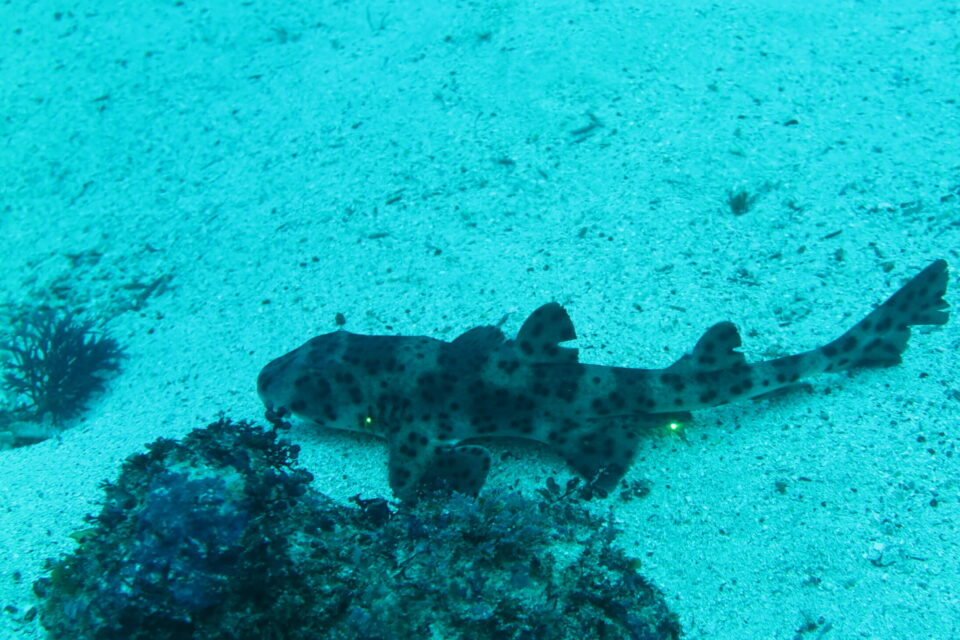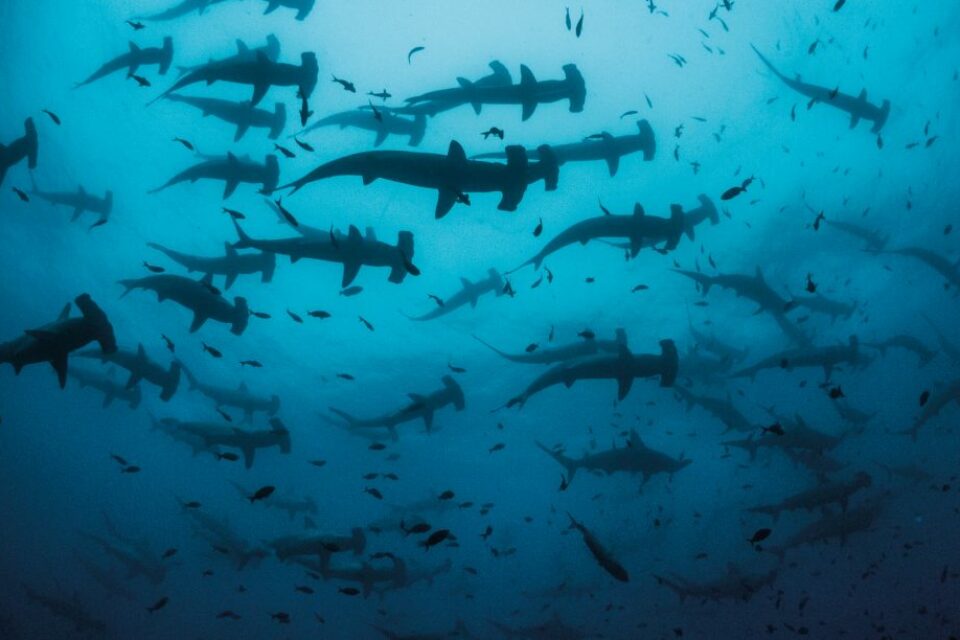

Proposed protected swimway between Galapagos and Costa Rica declared a Hope Spot
A vital underwater migration highway that connects the Galapagos Marine Reserve in Ecuador and the Cocos Island National Park in Costa Rica has been declared a Mission Blue Hope Spot.
A vital underwater migration highway that connects the Galapagos Marine Reserve in Ecuador and the Cocos Island National Park in Costa Rica has been declared a Mission Blue Hope Spot. Galapagos Conservation Trust has been supporting the proposed Cocos-Galapagos Swimway since 2018 by helping our science partners gather important evidence needed to drive forward the creation of this 240,000 km2 route, which is critical for protecting endangered Galapagos marine species.
Hope Spots are special places that are scientifically identified as critical to the health of the ocean. The Galapagos Marine Reserve is rich with marine life and is one of the few places left in the world with such a high abundance and diversity of sharks. Dr Sylvia Earle, Founder of Mission Blue, said, “I had an opportunity to meet sharks in Galapagos in 1966. I thought I had found the sharkiest place on the planet: hammerheads, Galapagos sharks and silkies – it’s this magical place that clearly was important not just for sharks, but for a rich diversity of life.”

Galapagos Whale Shark Project scientist tagging a female whale shark © Simon Pierce
Female whale sharks migrate vast distances and are known to gather in huge numbers in Galapagos, and our work with the Galapagos Whale Shark Project aims to find out why the Islands are such an important stop off. As part of our Endangered Sharks of Galapagos Programme, we work to locate and protect shark nurseries in the mangroves of Galapagos. This includes the scalloped hammerhead shark which, earlier in 2020, was upgraded from endangered to critically endangered on the IUCN Red List of Endangered Species.
Recent studies by GCT’s project partner, MigraMar, have found that at least five endangered marine species – whale sharks, leatherback turtles, green turtles, silky sharks and scalloped hammerhead sharks – travel between Galapagos and Cocos Island, along the proposed swimway. It follows the Cocos Ridge, an underwater mountain range that species follow to migrate between the two UNESCO World Heritage sites.

© MigraMar
“The Cocos-Galapagos Swimway is a vital artery in the network of biodiversity hotspots that we are fortunate enough to share here in the Eastern Pacific,” said GCT’s science partner Dr Alex Hearn, founder of MigraMar and professor at the University of San Francisco in Quito, Ecuador. “Having worked in both Galapagos and Cocos for years, one becomes acutely aware of the marine biodiversity that they share, and how fragile both reserves are. I am delighted that the swimway linking the two reserves has been recognized as a Hope Spot. This will highlight the importance of protecting links, not just hotspots, and will hopefully be another step in the direction of creating meaningful conservation measures along the swimway.”
Outside these protected areas endangered species are highly vulnerable to industrial and illegal fishing. It is estimated that 100 million sharks are killed globally every year through fishing or accidental deaths caused by humans. The ocean between Galapagos and Cocos is a popular place for industrial fishing fleets to work, including those who focus on harvesting shark fins often destined for the Asian market.
This exciting declaration of a Hope Spot comes not long after the news on 6 May 2020 that 26 tonnes of shark fins were seized by Hong Kong customs officials inside two shipping containers from Ecuador worth US$ 1.1 million. Also recently, researchers have traced shark fins from the retail market in Hong Kong, back to the location where the sharks were caught for the first time. The majority of fins on the market originate from the Eastern Pacific, which includes the Galapagos Islands and Cocos Island.

Scalloped hammerhead shark © Galapagos National Park
“This recognition from Mission Blue and Sylvia Earle reflects so much hard work from so many dedicated people. From the park rangers at Cocos and Galapagos to the scientists, students and volunteers in the field, the organisations supporting the research, including Galapagos Conservation Trust, and each individual from places as far as the United Kingdom who sets aside some of their savings to go towards protecting our planet,” added Alex. “At times like these, this does not just give me ‘hope’ for the future of Galapagos and Cocos, but also ‘hope’ that the society that emerges from the COVID-19 lockdown will be more caring, more inclusive and more aligned to living with nature rather than living off nature.”
Dr Sylvia Earle and Shannon the Shark Discuss the Cocos Galapagos Swimway Hope Spot
How can you help?
Donate to GCT – This is a critical time for sharks globally. They are facing increasing pressures from industrial fishing, habitat loss and plastic pollution. We support research that will ensure protection for sharks.
Become a Member – We need your support now more than ever. Becoming a regular giver helps us to plan ahead and make long-term decisions to protect the Islands with steady income we can rely on.
Adopt a Hammerhead Shark – Learn more about these critically endangered sharks by adopting a scalloped hammerhead shark and supporting the vital conservation work of Galapagos Conservation Trust.
Join Marti – Marti the Hammerhead Shark is our educational children’s book which follows a young shark and her marine friends on an epic migration from Galapagos to Cocos Island.
Galapagos Conservation Trust’s work on the proposed Cocos-Galapagos Swimway benefits from the support of the Prince Albert II of Monaco Foundation.
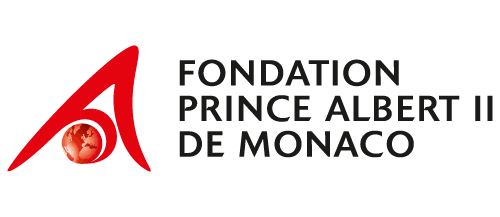
Related articles

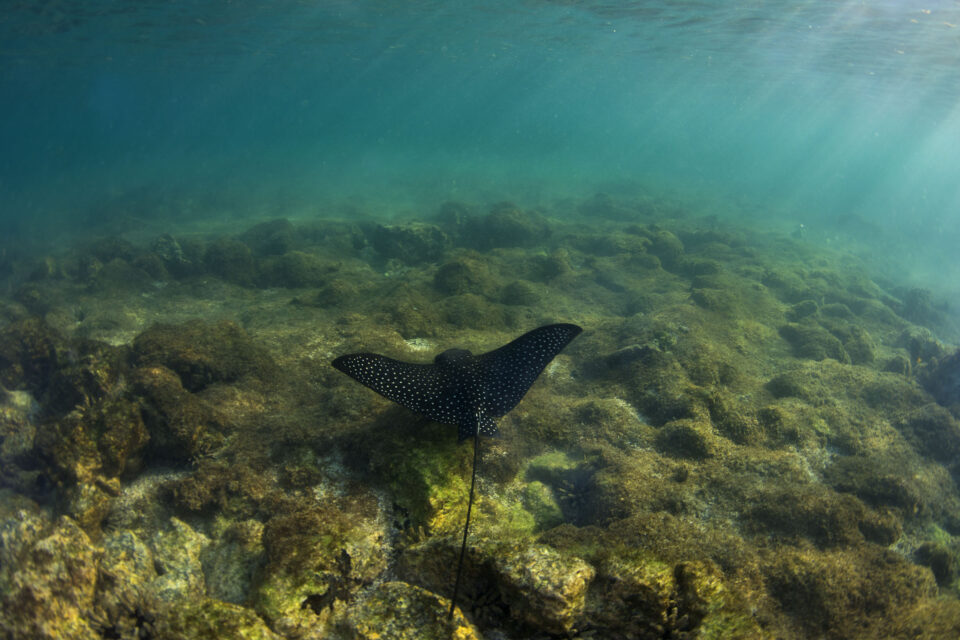
A week in the life of a female marine researcher
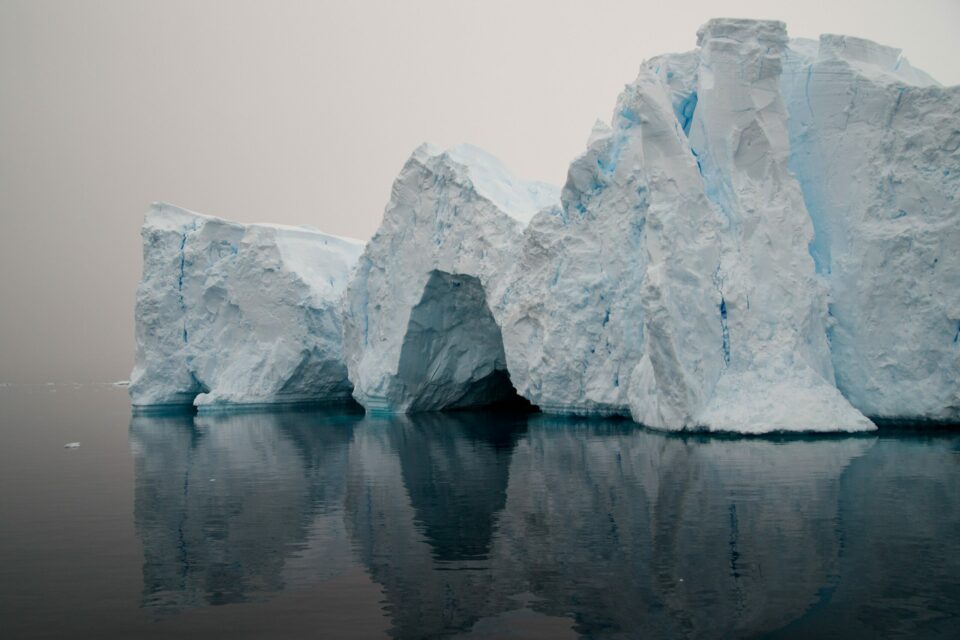
Galapagos and the Antarctic: A look beneath the surface
